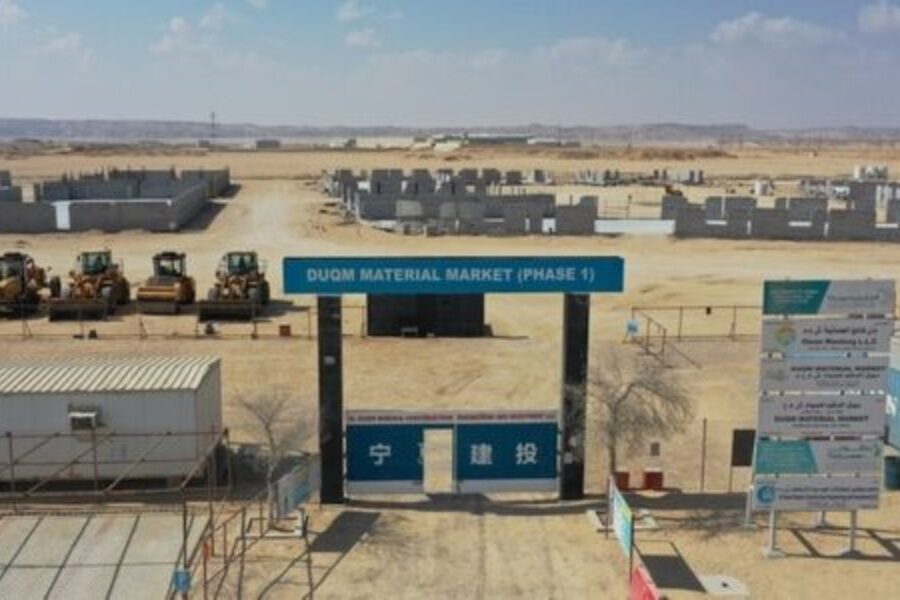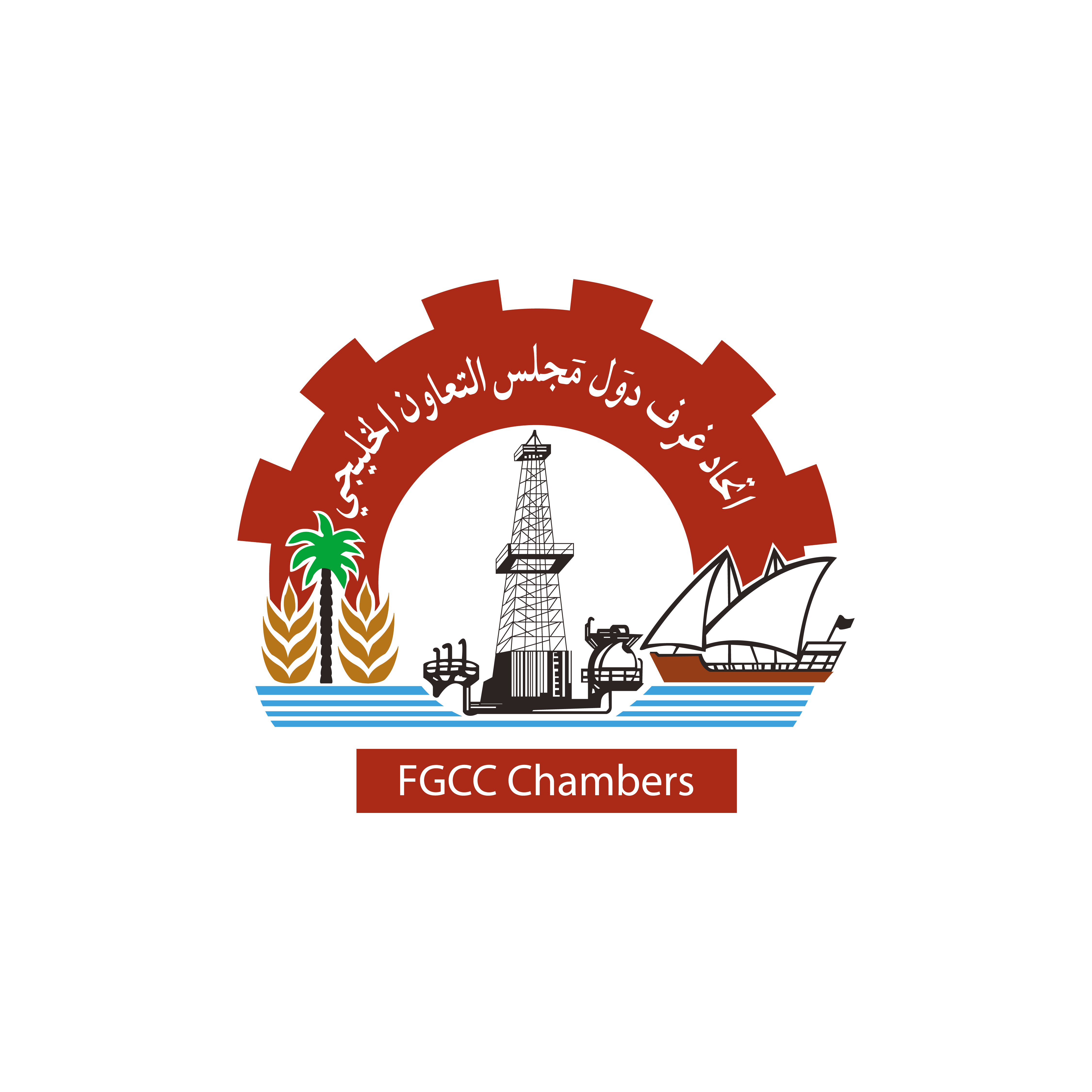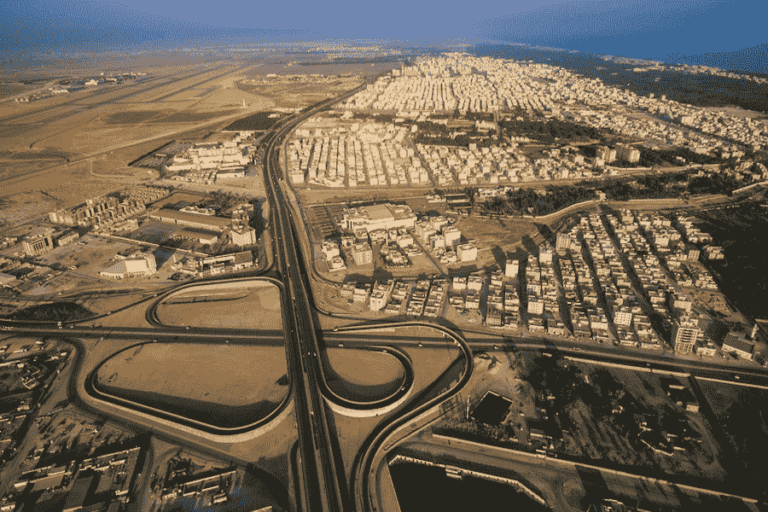Ambitions to diversify away from oil revenues will influence construction and manufacturing investments in Oman’s industrial projects pipeline in 2023.
Foreign direct investments (FDIs) in Oman totaled 18.1 billion Omani riyals (roughly $47 billion) in the nine months to Q3 2022, marking a year-on-year increase of 10.4 percent, the Ministry of Commerce, Industry and Investment Promotion (MCIIP) said in January 2023.
READ MORE: Oman’s GDP grows to RO20 bn in 3 months
FDIs in the manufacturing sector during the period grew to RO1.7 billion, compared to RO1.5 billion as of end-Q3 2021.
The ministry’s announcement came one year after its launch of 22 projects to attract industrial investors to Oman. Incentives included automatic licensing and fees reductions.
Investor residency program
Oman’s economy has lagged since the oil price crash in 2014 and its bloated public sector, combined with steep nationalization targets for local employers, has historically dampened private sector involvement in the economy.
The long-term residency program announced in July 2021 by the MCIIP is hoped will draw foreign investors that can help to expand non-oil GDP contributions and create growth opportunities for local Omanis.
“The government aims to attract and retain investment, and generate more job opportunities for Omani nationals, at a time when unemployment levels are still high during the COVID-19 recovery period,” according to legal services firm Fragomen.
“The new permit type provides a path for foreign investors and their families – and in some cases investment partners – to obtain a self-sponsored residence permit in Oman that is not tied to their employment. This is the first long-term residence permit that is not tied to employer sponsorship in Oman.”
READ MORE: Saudi Arabia’s PIF injects RO1.125 into Omani Infrastructure Fund
The program offers a 10-year residency for investors who have a public or closed joint-stock company with shares of RO500,000 market value or that hires at least 50 Omani employees, as well as for investors with Omani government bonds worth RO500,000.
Residency for up to five years is available for investors whose assets – such as property, businesses or company shares – are worth at least RO250,000.
Geographic diversity
Free zones and special economic zones are emerging as a way to ensure industrial sector growth is geographically distributed instead of being concentrated in pockets of the country.
The Duqm special economic zone (SEZAD) is evolving into a hotspot for energy projects. The local Jindal Shadeed Group announced a $3 billion plan in December 2022 for a green steel plant at SEZAD to serve the wind turbine, auto, and consumer goods industries in export markets such as Europe and Japan.

The special economic zone in Duqm is becoming an energy project hotspot
Green Hydrogen and Chemicals Company also announced development plans for Oman’s first green energy venture at SEZAD last month.
A slightly more diversified manufacturing pipeline is surfacing at Salalah Free Zone. The free zone signed two agreements worth a combined RO1.3 million ($3.38 million) for Mazaya Logistics to establish a complex each for plastic products and the installation and assembly of communications equipment in March 2022.
READ MORE: Oman to build a $3 billion green steel production plant
A RO33.8 million-worth agreement was confirmed in May 2022 for Salalah Petroleum Company to establish a production factory. In January 2023, the RO23 million first phase of Philex Pharmaceuticals’ factory was opened at the free zone.
Metals and chemicals investments, meanwhile, have been made at Sohar Free Zone in recent years.
Sohar Rolling Steel agreed in June 2022 to invest RO7 million in a steel rod manufacturing unit at the Sohar zone. Integrated Solutions Plant and Land Services said in August 2022 it would invest RO2.2 million in a liquid fertilizer plant project.
In November 2022, the foundation stone for a RO40 million titanium dioxide factory was laid, and Oman’s first petroleum coke calcining facility, worth RO60 million, was also inaugurated at the Sohar zone.
Oman industrial projects outlook
Manufacturing projects will continue to gain higher priority as Oman seeks economic diversification.
Oman’s 2023 budget estimates a deficit of RO1.3 billion, which is 13 percent of estimated total revenues (RO10 billion) and 3 percent of GDP during the year. Oil revenues comprise 67 percent of 2023’s estimated total earnings.
Industrial projects that can strengthen Oman’s pipeline of non-oil exports will gain greater prominence as the government seeks sustainable long-term growth. Oman will hope its newly rolled out residency and business incentives can drum up greater private sector interest – and investments – in the months ahead.



